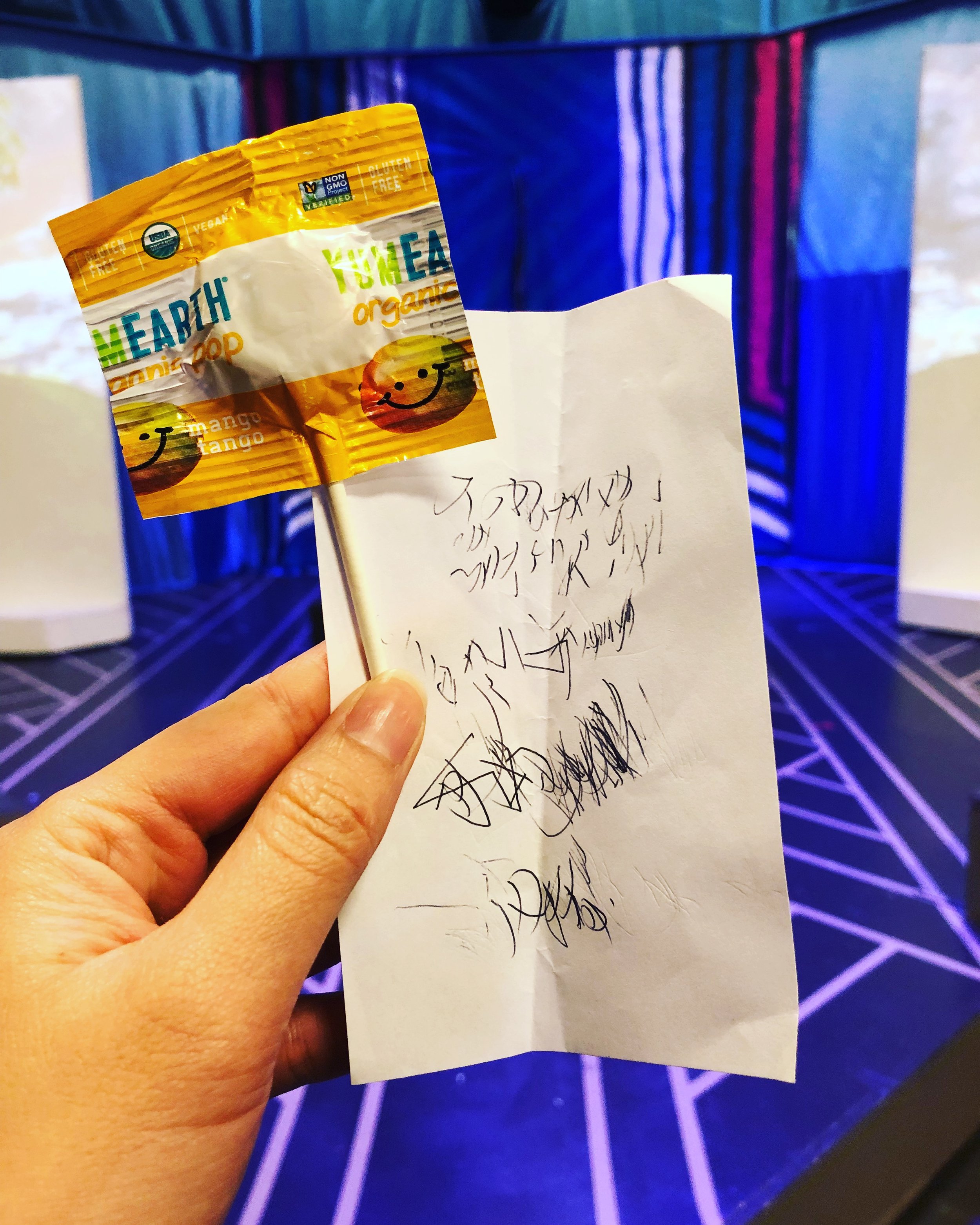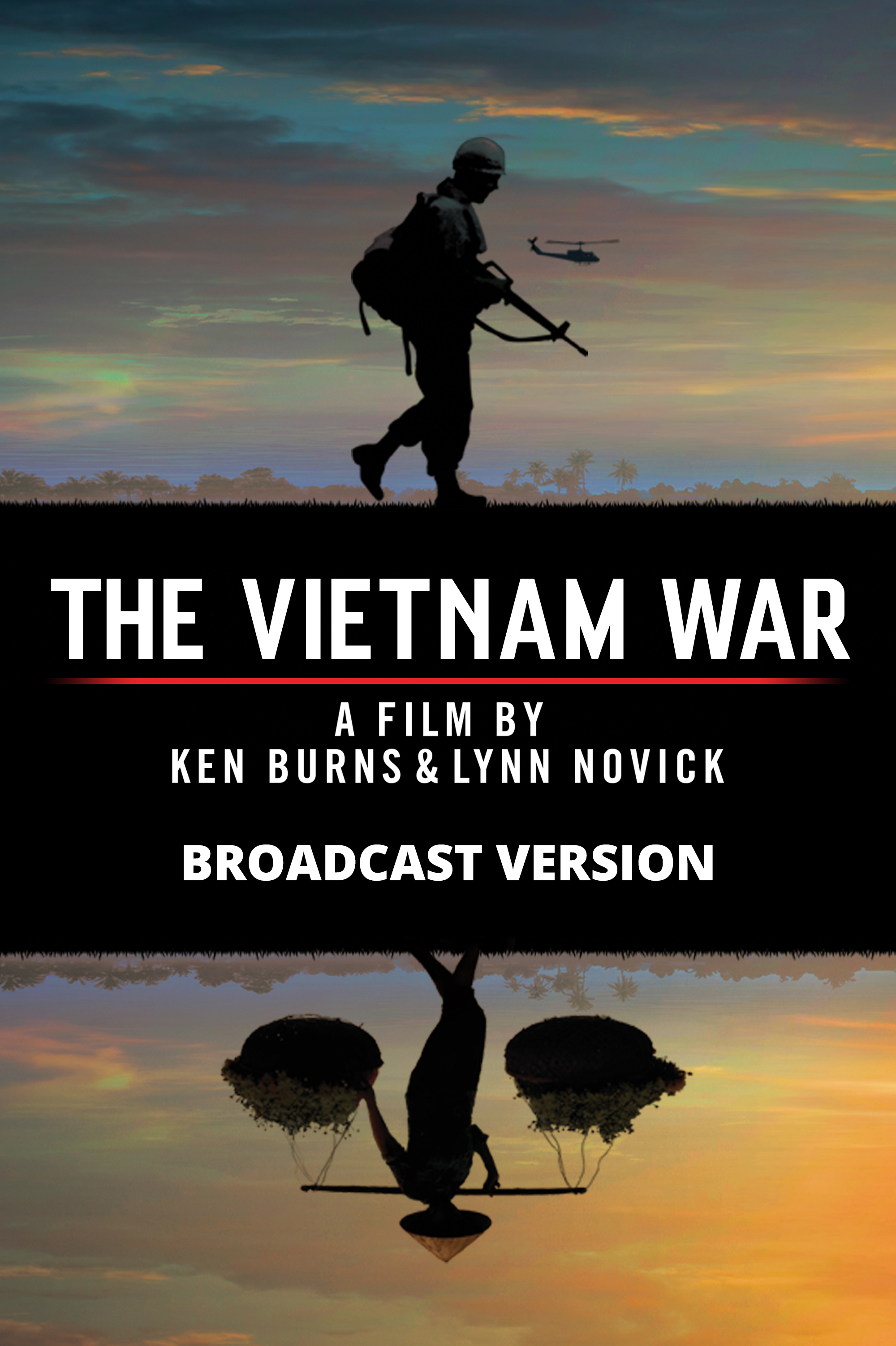Krystle Piamonte, who plays lead character Hà in the current production of INSIDE OUT & BACK AGAIN, recently shared this story on social media, and it was so sweet I just had to include it in my blog:
"Today after our first matinee performance, I received the most precious note/gift from one of our littlest audience members. A mom and daughter duo came to see INSIDE OUT & BACK AGAIN and handed this to me after the show. The mom said her daughter felt bad that I was having a rough day (I cry about 3x in this play) and that she wanted to write me a note to make me feel better. She also included this cute lollipop. I’m overwhelmed by this little girl’s empathy and kindness. It’s these kinds of interactions that remind me why theatre is a powerful way to connect to our humanity. Thank you, little girl. You made my heart so full today."



